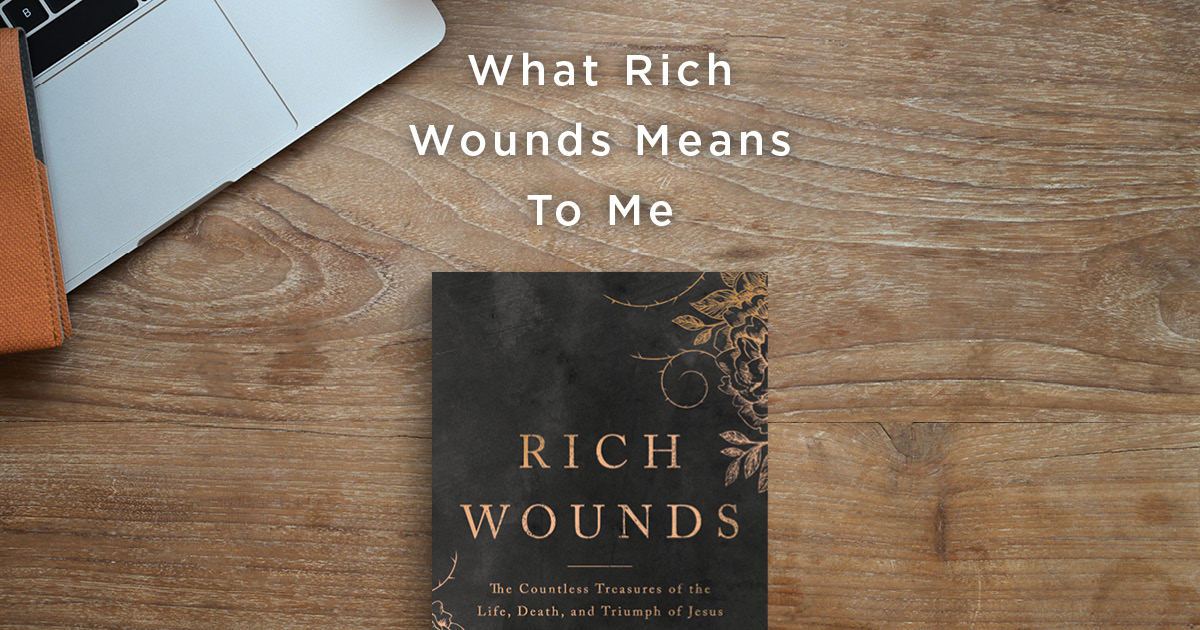
As King of kings, and Lord of lords, and Glory of glories, Jesus is worthy of many crowns.
Because of how it helps me admire and marvel at Jesus, one of my favorite hymns has long been “Crown Him with Many Crowns,” written by Matthew Bridges in 1851. In my own life, it’s one of the few hymns that has been a common thread from one church to another.
I have been singing this hymn for forty years, since I was a child, then in college, then as an adult. Now, my kids know I love it and get my attention when the first bars begin in church. “Dad, it’s your favorite!”
Over the years, in singing this hymn with congregation after congregation, I’ve often been moved to tears of joy as I have pondered, even just vaguely, the great coronation ceremony in heaven, where the risen Christ, always fully God and now in full glorified humanity, takes his seat on the throne of the universe.
I love how the hymn’s stanzas celebrate Christ, in turn, as Lord of love, Lord of life, Lord of light, Lord of heaven, Lord of years, Lord of lords. Even as phrase after phrase tells of his glory, the one that has arrested me most over the years is “rich wounds.”
Crown him the Lord of love!
Behold his hands and side—
Rich wounds, yet visible above,
In beauty glorified.
Rich wounds captures so well the strangeness and beauty—the peculiar glory—of Jesus Christ and his self-sacrifice at the cross for sinners.
“Wounds,” of course, is no foreign word to modern ears. Today we speak with surprising frequency about “wounds:” not so much physical wounds as the emotional ones we’re newly aware of and attend to—the “daddy wound” of fatherlessness, the “wound” of harsh words against us, the “wounds” of some trauma that continues to haunt us. As a society, we’ve become freshly conscious of our wounds. We talk about them. We know them. But here we celebrate rich wounds.
Rich wounds captures so well the strangeness and beauty—the peculiar glory—of Jesus Christ and his self-sacrifice at the cross for sinners.
Jesus was wounded for us: pierced for our transgressions, crushed for our iniquities.
“Upon him was the chastisement that brought us peace, and with his wounds we are healed” (Isaiah 53:5). Jesus bore our griefs, our sorrows, our transgressions, our iniquities; he brought us peace; he healed us.
His wounds, horrific as they were when inflicted on the innocent Son of God, are indeed rich wounds, because he is God, and made us rich in becoming poor for us (2 Corinthians 8:9). They are wounds rich in meaning and significance: wounds that have not vanished on his resurrected body. They are still visible—gloriously so, as the hymn tells us, and as is celebrated in my book, Rich Wounds.
“Rich wounds” flies as a banner over Jesus’ life and death and new life in the resurrection. First came his ability to be wounded, which he embraced by virtue of his becoming man and taking human flesh; then of course came the hand and foot and side wounds he endured in his death; and then, most significantly, came the scars which he now displays on his glorified body, celebrated in the hymn.
“Rich wounds” not only brings to mind the cross and his death, not only the life and words and works that led him there, but also his resurrection: his exaltation to God’s right hand, his coronation as King of the universe, and his reign in heaven now.
“Rich wounds” speaks to Christ’s ability to transform our wounds today, like his, into marks of beauty—wounds which are not without their pain, nor without subsequent glory. In my book, Rich Wounds, there are 30 chapters of meditations on the many crowns—the many glories—of Jesus Christ, and in particular his redemptive work for his people in his life, sacrificial death, and world-turning resurrection.
I hope that the meditations in the book will feed readers year-round—since we always have need of considering Christ Jesus, made flesh, crucified, risen, and exalted. I love meditating on the many glories, the many crowns, the many wonders and excellencies of Jesus Christ.
Learn more about Rich Wounds by David Mathis here. This book works fantastically as a devotional at any time of year. The chapters on Holy Week make it especially helpful during the Lent season and at Easter.